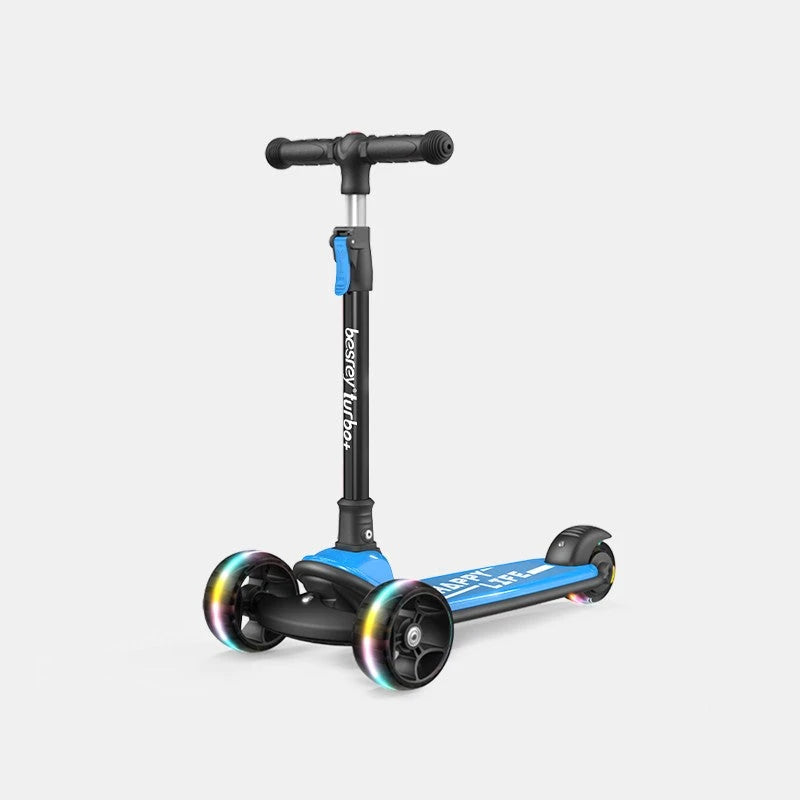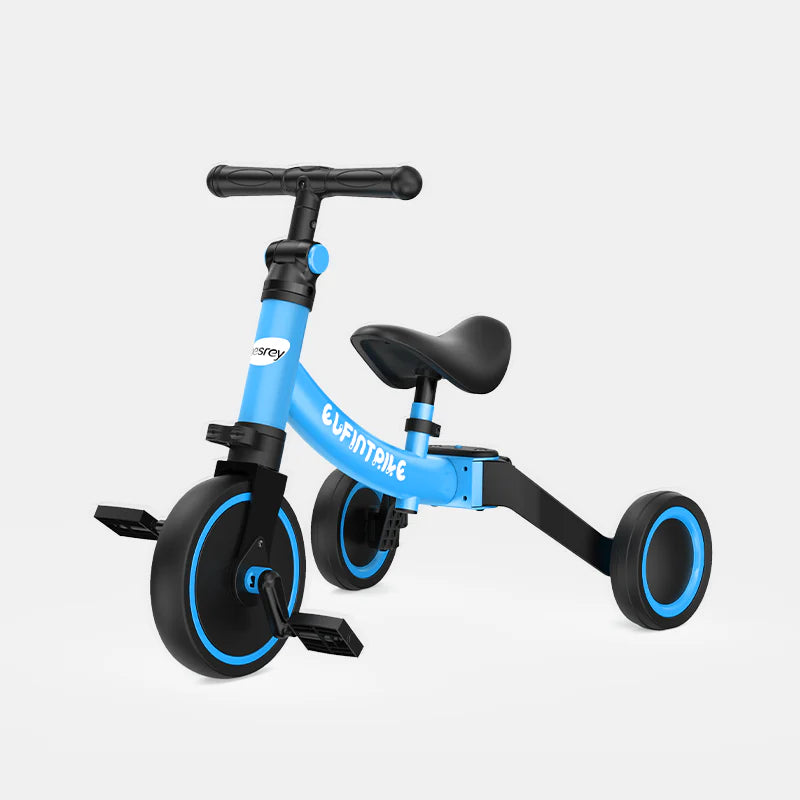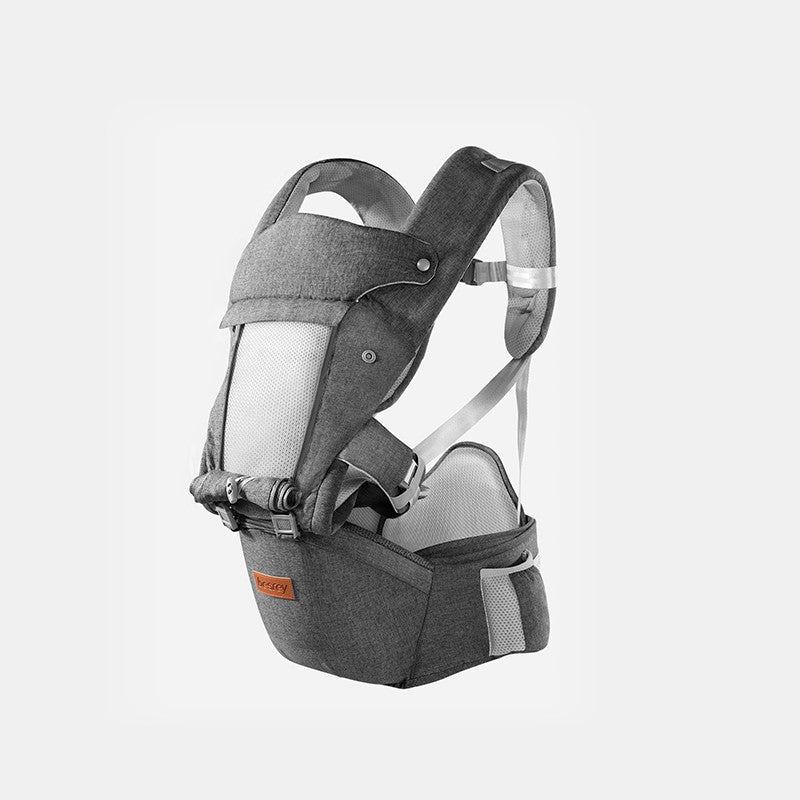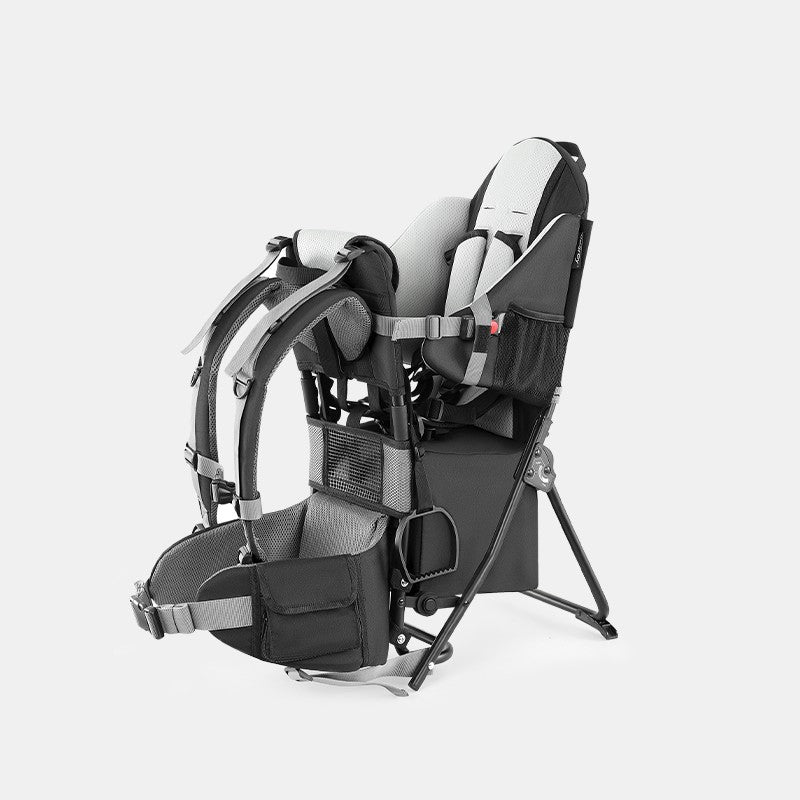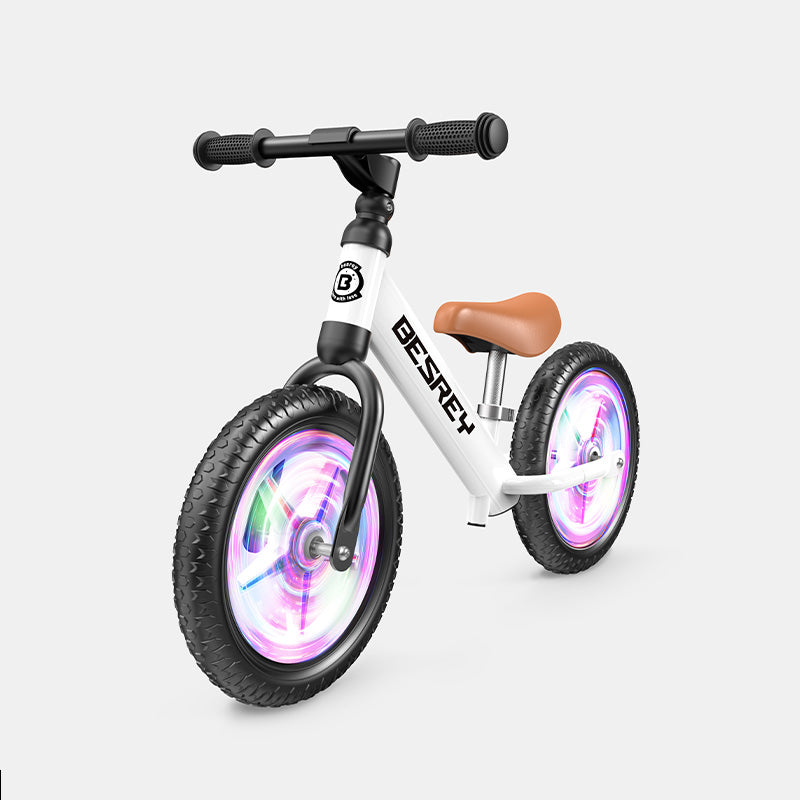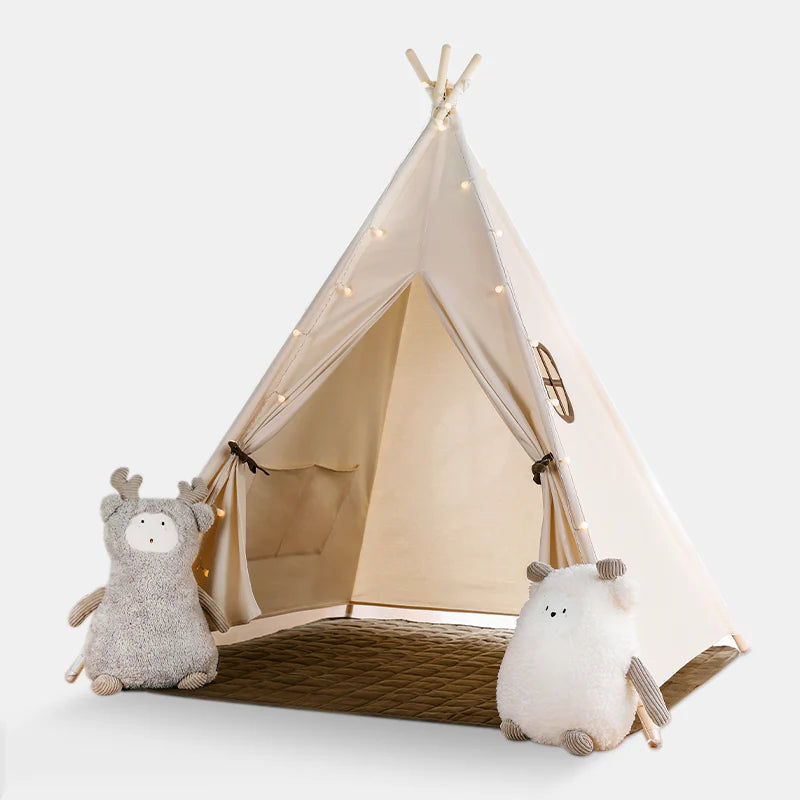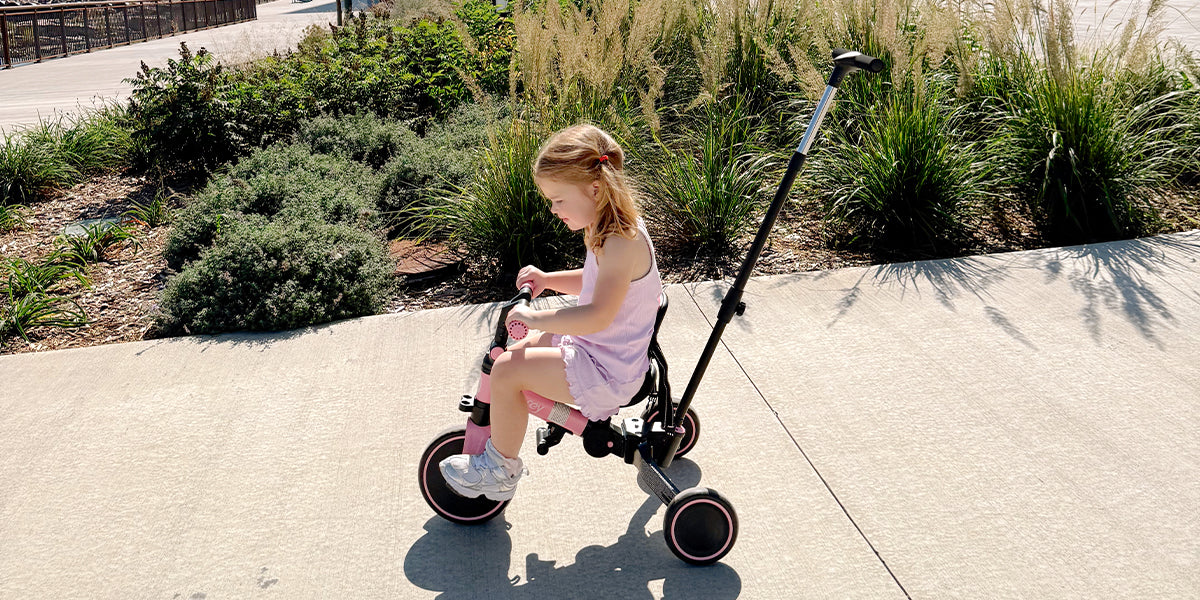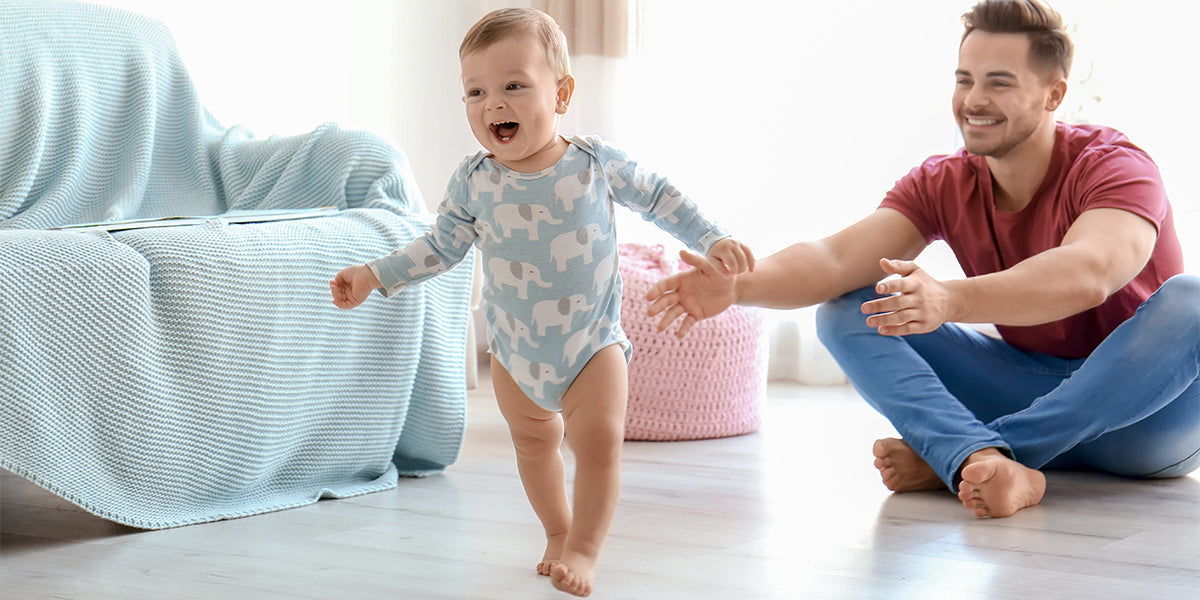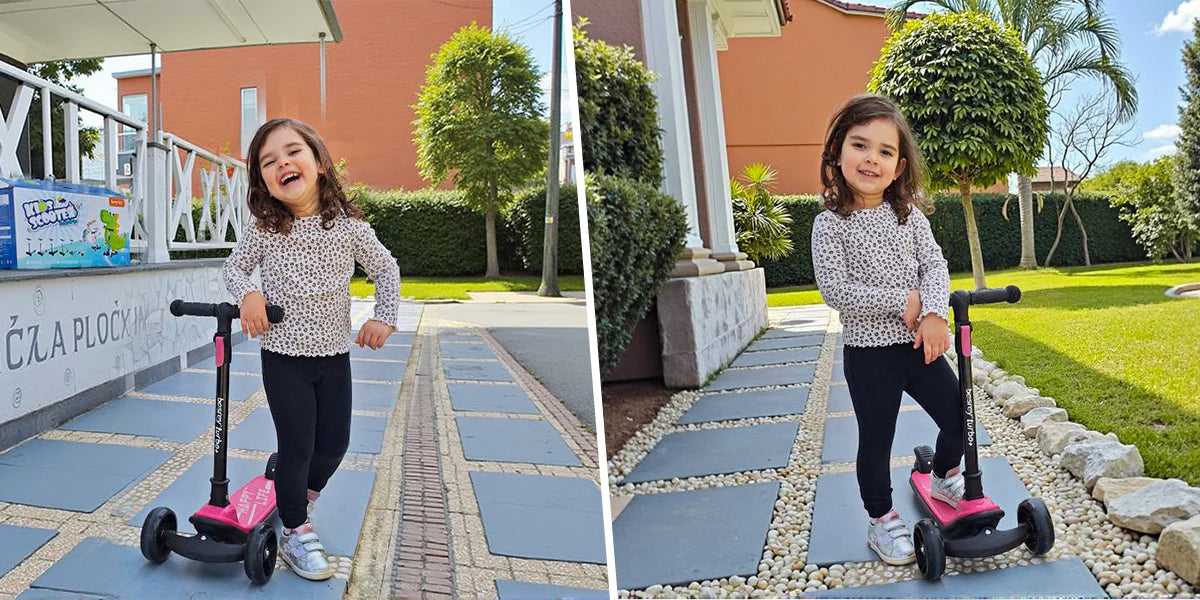Besrey - Oct.24 2025
Which Peer-to-Peer Tasks Help Preschoolers Ride Together Safely?

Learning to ride a tricycle or balance bike is more than just a milestone, it’s a child’s first taste of freedom and teamwork. For preschoolers, riding together teaches not only coordination but also awareness, empathy, and the joy of shared play. By encouraging peer-to-peer safety tasks, parents can turn these early adventures into moments that are fun, educational, and secure.
This guide explores why shared riding routines matter, which teamwork tasks help children stay visible and alert, and how families can build safe habits that last a lifetime, all while enjoying the pure delight of movement that a foldable-tricycle or toddler balance bike brings.
Why Peer Tasks Matter for Safety
When preschoolers ride together, they learn by watching each other copying, mirroring, and reinforcing good habits naturally. According to the CDC, preschool-aged children should stay active throughout the day, and group activities like cycling encourage movement, balance, and awareness of basic safety rules such as “stop, look, and go.”
Peer tasks also promote visibility and communication. Simple routines like reminding a friend to wear their helmet or checking that reflectors are visible, help kids understand that safety is something they can share. Riding in pairs builds attentiveness, patience, and turn-taking skills, key foundations for social-emotional growth.
For parents ready to start these first riding experiences, the Besrey Kids Tricycle with Flash Wheels makes a perfect choice. Its adjustable seat grows with your child, while the stable, three-wheel design keeps little riders comfortable and secure during group play.
Peer-to-Peer Task Ideas (Age-Appropriate)
Creating simple “buddy roles” makes riding games both safer and more engaging. Here are three fun peer activities that encourage teamwork and attention:
1. Leader & Spotter
One child takes the lead, guiding the route, while the other acts as a “spotter” watching for stop signs, turns, or safe crossing points. Rotate roles every few minutes to help both children build confidence and observation skills.
2. Cone Marshal
Set up soft cones or small toys to mark S-turns or slow zones. One rider can place or collect cones while the other carefully navigates around them. It’s a playful way to introduce steering control and spatial awareness.
3. Reflector Checker
Before every ride, assign one child as the “reflector checker.” Their job is to ensure helmets are buckled, reflectors are shining, and bells are working. The American Academy of Pediatrics (AAP) reminds parents that helmets should fit snugly and sit level on the head for maximum protection.
Be sure to praise every successful check as this helps kids see safety as something positive and empowering, not restrictive.
Route Templates & Seasonal Tie-Ins
Keep things fresh and exciting by adapting peer tasks to the season or your local environment:
Spring: Try a “flower delivery” route—riders transport small paper flowers between cones.
Summer: Introduce a “hydration patrol”—kids remind each other to pause for water.
Fall: Go on a “leaf rescue” ride—collect colorful leaves while practicing gentle braking.
Winter (indoor alternative): Use a foldable-tricycle indoors for short obstacle courses that build steering and coordination, even when it’s too chilly to go outside.
These small themed challenges strengthen balance, direction, and teamwork while keeping children emotionally engaged and full of curiosity.
Conclusion
Peer-to-peer riding tasks transform simple tricycle time into an opportunity for growth, teamwork, and lifelong safety awareness. With the right gear like the Besrey Adjustable Seat Toddler Tricycle and creative shared roles, preschoolers learn that every ride is safer (and more fun!) when they look out for each other.
Start small, keep it playful, and watch your child’s confidence and coordination blossom with every turn of the wheels.

